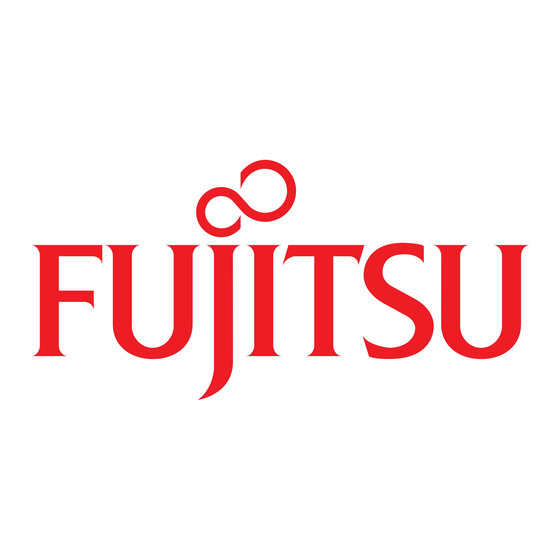Scanning productivity is based on a number of hardware features that go beyond the
rated speed of the hardware. The duty cycle, for instance, indicates the intensity of usage a
scanner is designed to withstand. For example, the new fi-5900C high-volume document imaging
scanner from Fujitsu Computer Products of America, Inc. is capable of delivering a rated
speed of 100 pages-per-minute (ppm) at 300 dots-per-inch (dpi) in portrait mode and in full
color. In addition, the scanner has a daily duty cycle of up to 100,000 sheets per day to satisfy
the demanding requirements of high-volume production scanning. A comparable competing
product has the same rated speed, but the duty cycle is limited to 60,000 pages per day.
Should the volume of documents spike because of business growth or a seasonal increase, the
performance and warranty of the scanner with a 40% lower duty cycle could be compromised.
Most organizations find that the actual volume of documents scanned exceeds
expectations. The success of a scanning project for one business unit may also prompt other
areas to consider scanning. A scanner with a higher duty cycle gives you the flexibility to
meet these demands without investing in new hardware or risking the hardware investment
you've already made.
Scanning productivity is also affected by the types of documents being scanned and the
actions of scanner operators. As the volume and variety of documents being scanned
increases, some organizations experience delays and increased labor expenses due to
document preparation. This often involves using a document jogger to make sure the edges
of documents are aligned, sorting documents based on size, color or type and ensuring that
all staples have been removed. As more organizations adopt intelligent document recognition
to sort documents with virtually no human intervention, the necessity to sort documents in
order to scan them becomes increasingly archaic.
To increase overall scanner operator productivity, the Fujitsu fi-5900C is designed with a
built-in Active Stacking Tray that keeps your scanned documents neat and orderly. For example,
in many organizations there may be a requirement to keep the original documents for some
period of time although they have been digitized into an ECM system. In this case the scan
operator would be required to place the original documents back into a file cabinet and/or
into storage boxes. The Active Stacking Tray system eliminates the need to re-jog the
documents so that they will fit neatly into your physical storage cabinets or boxes.
Documents of differing sizes (up to 12" x 17" or long documents up to 34"), weights and
colors can be placed in mixed batches directly on the feeder, which will align them. The latest
version of Virtual ReScan (VRS) from Kofax Image Products, Inc., the de facto standard for
image quality, is built into and optimized for the scanner. VRS automatically recognizes bi-
tonal and color images and processes them accordingly on the fly, so operators spend less
time handling documents and do not have to insert separator sheets or patch codes to
prompt the scanner to recognize these document attributes.
The Fujitsu fi-5900C can recognize potential problems before they result in paper jams,
damage to the scanner or the need to re-scan. Three ultrasonic multifeed detection sensors
across the throat of the scanner serve to prevent lost images by detecting when two
overlapping documents are fed through the scanner at the same time. These sensors can be
set to send an audible alert to the operator and/or immediately stop the scanning process so
there is no question which page in a large batch of documents might not have been
captured. Because missed staples can cause serious damage to any document scanner, the
Fujitsu fi-5900C has a detector that stops a document before it hits the rollers. By identifying
these kinds of problems at the beginning of the process, operators aren't spending as much
time troubleshooting the scanner and re-scanning documents.
No matter how good the technology, user acceptance and mastery are hard to obtain if the
solution is too disruptive or doesn't fit into your current physical environment. The Fujitsu fi-5900C
has features that appeal to operators, IT staff and those who work in the vicinity of a scanning
Whitepaper

